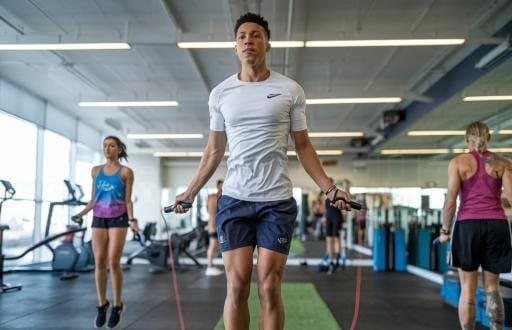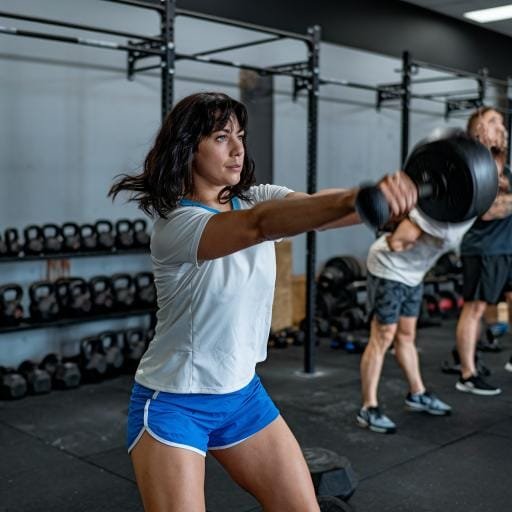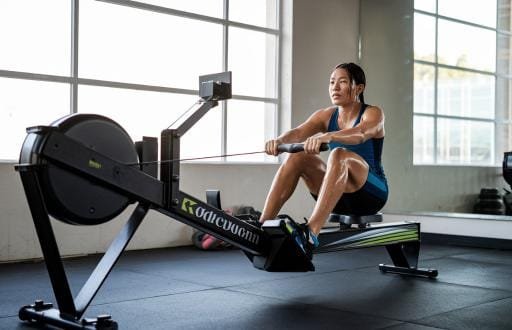In the vast ocean of fitness options, swimming emerges as a uniquely powerful catalyst for weight loss. This low-impact yet highly effective exercise modality transforms your body into a calorie-burning powerhouse while simultaneously providing a refreshing escape from traditional workout routines. Let’s plunge into the depths of how swimming can revolutionize your weight loss journey.
The Science Behind Aquatic Weight Loss
Have you ever wondered why swimming feels simultaneously challenging and gentle on your body? The answer lies in water’s remarkable properties. Water’s density is approximately 800 times greater than air, creating a natural resistance that engages multiple muscle groups simultaneously. This unique environment transforms every movement into a full-body workout.
The Caloric Burn Phenomenon
Swimming showcases impressive calorie-burning potential:
- Freestyle: 400-600 calories/hour
- Butterfly: 600-800 calories/hour
- Breaststroke: 350-500 calories/hour
- Backstroke: 300-450 calories/hour
The Metabolic Magic of Swimming
The Afterburn Effect
Swimming triggers excess post-exercise oxygen consumption (EPOC), creating a metabolic ripple effect that continues burning calories long after you’ve left the pool. This phenomenon, often called the “afterburn effect,” can last up to 24 hours post-swim.
Swimming Styles for Maximum Fat Burn
1. Freestyle (Front Crawl)
The quintessential swimming stroke offers:
- Optimal calorie burn
- Full-body engagement
- Enhanced cardiovascular fitness
- Improved muscle definition
2. Butterfly
The king of calorie-burning strokes:
- Maximum energy expenditure
- Intense core activation
- Upper body strengthening
- Advanced metabolic boost
3. Interval Training
Incorporate high-intensity interval training (HIIT):
- 30 seconds sprint/30 seconds recovery
- Alternating strokes
- Distance variations
- Speed play
The Unique Benefits of Aquatic Exercise
Temperature Regulation
Swimming in cooler water forces your body to maintain its core temperature, resulting in:
- Increased caloric expenditure
- Enhanced metabolic rate
- Improved brown fat activation
- Optimized fat-burning potential
Resistance Training Without Weights
Water provides natural resistance in all directions:
- 360-degree muscle engagement
- Joint-friendly strength training
- Enhanced muscle definition
- Improved functional fitness
Strategic Swimming Programs
Beginner’s Protocol (30 minutes)
- 5-minute warm-up
- 10 minutes steady freestyle
- 10 minutes stroke alternation
- 5-minute cool-down
Intermediate Program (45 minutes)
- 10-minute technique focus
- 20 minutes interval training
- 10 minutes endurance work
- 5-minute recovery
Advanced Workout (60 minutes)
- 15-minute mixed stroke warm-up
- 30 minutes HIIT
- 10 minutes speed work
- 5 minutes technique refinement
Nutritional Synergy
Pre-Swim Fuel
- Light carbohydrates
- Hydration optimization
- Electrolyte balance
- Timing considerations
Post-Swim Recovery
- Protein replenishment
- Glycogen restoration
- Micronutrient balance
- Hydration protocols
Advanced Swimming Techniques for Weight Loss
Drag Enhancement
- Resistance equipment
- Form optimization
- Stroke modification
- Speed variation
Breathing Optimization
- Bilateral breathing
- Breath control exercises
- Oxygen efficiency
- Energy conservation
Conclusion
Swimming represents a revolutionary approach to weight loss that combines cardiovascular excellence with full-body strengthening. Its unique properties make it an ideal choice for sustainable, enjoyable weight loss while providing numerous additional health benefits. Remember, consistency and proper technique are key to maximizing your aquatic weight loss journey.
FAQ
Q: How often should I swim for weight loss?
A: Aim for 3-5 sessions per week, each lasting 30-60 minutes. Start gradually and increase duration and intensity as your fitness improves.
Q: Will swimming alone help me lose weight?
A: While swimming is highly effective, combining it with proper nutrition and occasional land-based exercises creates optimal results. Think of it as your primary tool in a comprehensive fitness toolkit.
Q: Is swimming better than running for weight loss?
A: Swimming can burn comparable or even more calories than running while being gentler on your joints. The choice depends on personal preference and fitness goals.
Q: Which stroke is best for burning fat?
A: Butterfly burns the most calories, but freestyle is often recommended for its sustainability and efficiency. The best stroke is the one you can maintain with proper form.
Q: Should I eat before swimming?
A: Consume a light meal 2-3 hours before swimming, or a small snack 30 minutes prior. Never swim on a completely empty or full stomach.
Q: How can I track my progress in the pool?
A: Monitor lap times, distance covered, perceived exertion, and body measurements. Waterproof fitness trackers can also provide valuable data.
Q: Will swimming build muscle while losing fat?
A: Yes! The water’s resistance helps build lean muscle mass while the cardiovascular component promotes fat loss, creating an ideal environment for body recomposition.
Remember, swimming for weight loss is a journey, not a sprint. Embrace the process, focus on technique, and allow your body to adapt to this unique form of exercise. With consistency and patience, you’ll discover that the pool offers an unparalleled pathway to achieving your weight loss goals while providing an enjoyable, sustainable fitness experience.











